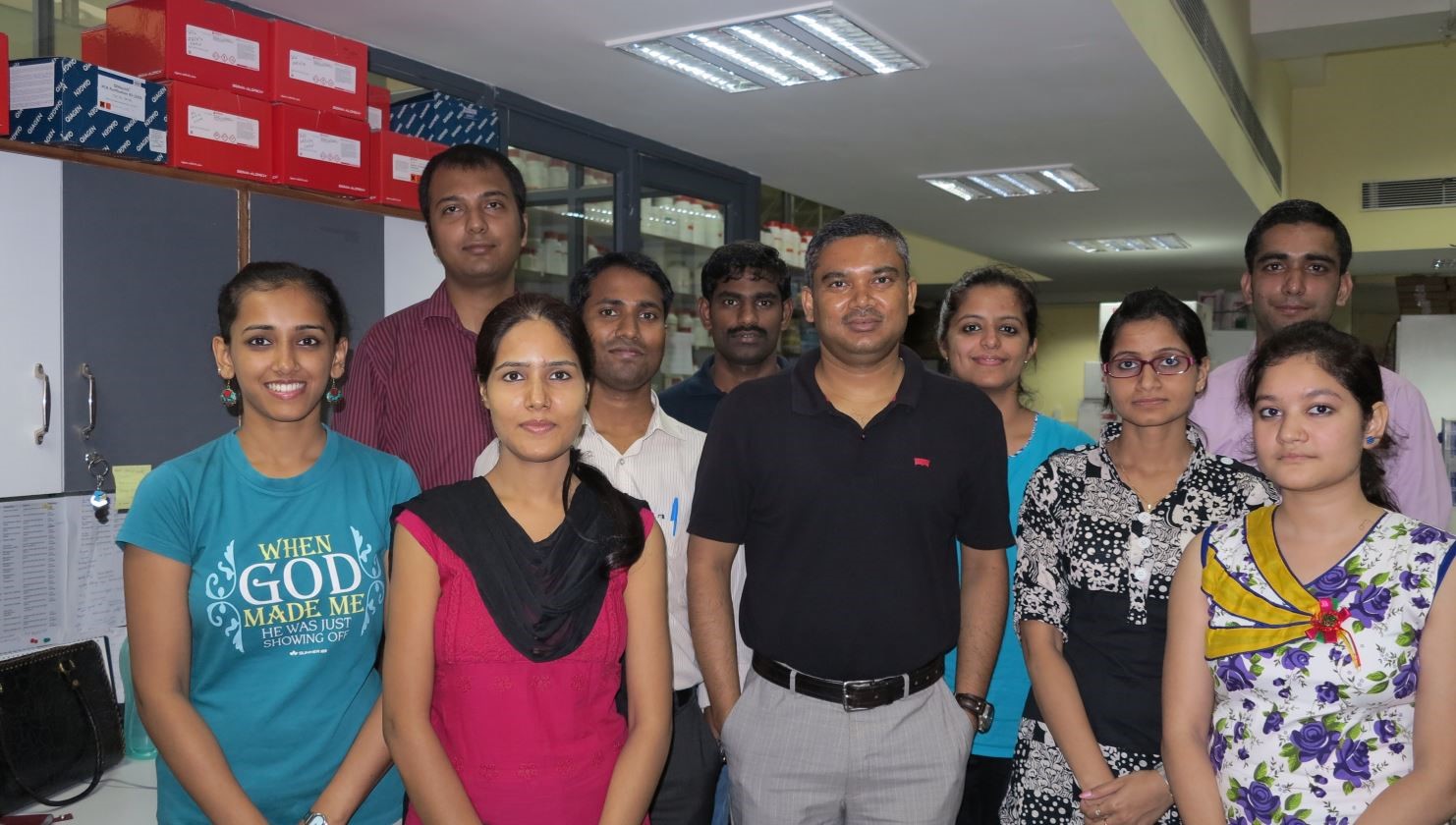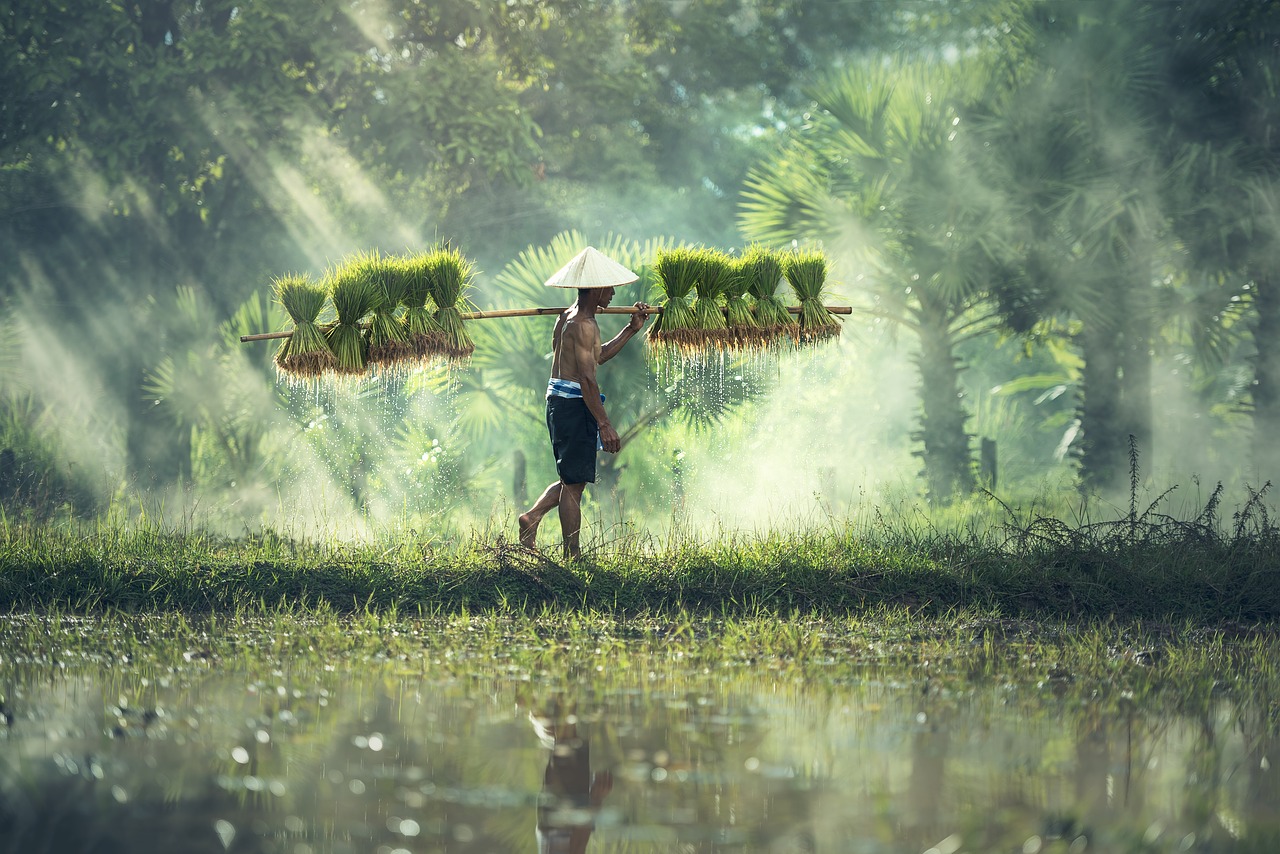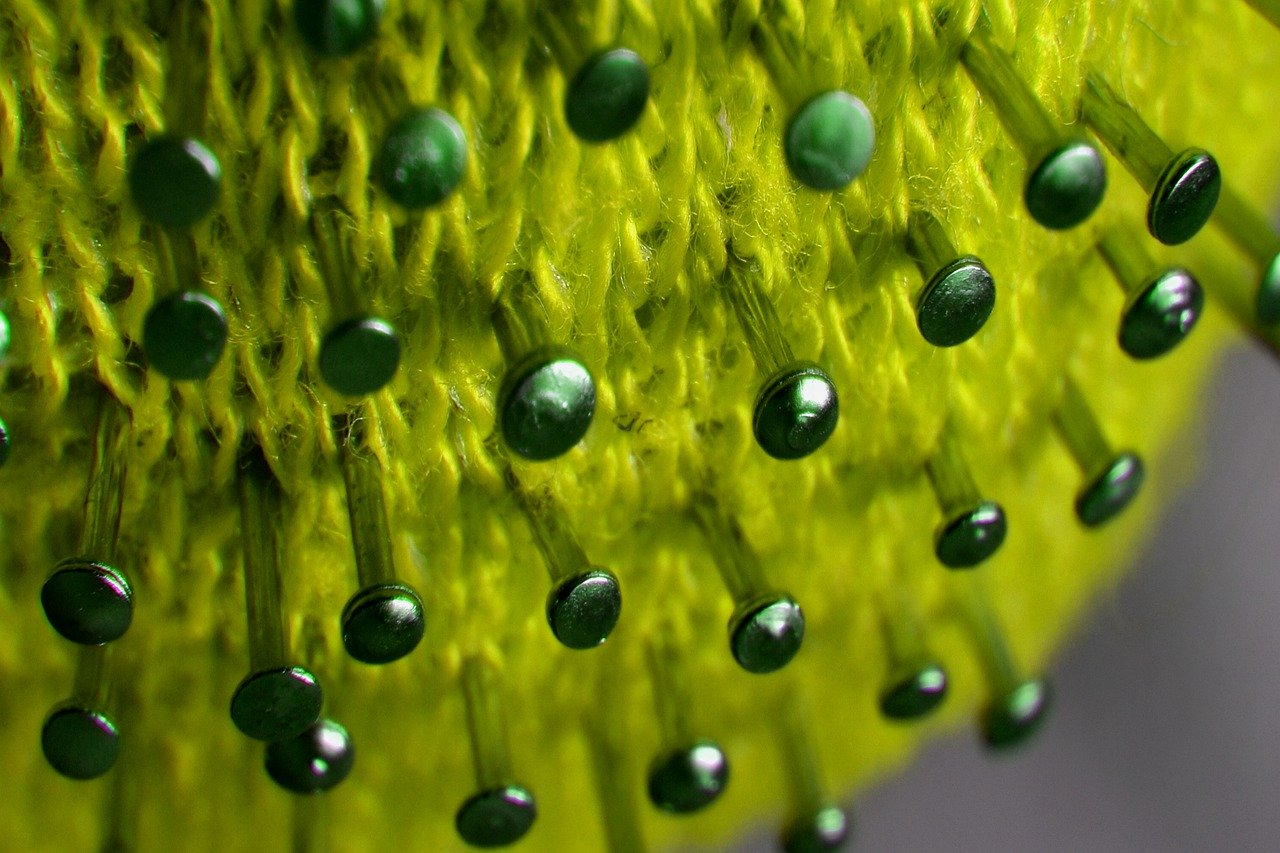Millions of microorganisms that live inside the human gut play a critical role not just in the metabolism of food but in overall health. The type and composition of gut bacteria depend on where we live and what we eat. A study of gut bacteria among groups of Indians has shown that they vastly differ from those found among western populations and even depend on multiple factors like exposure to pollution and cooking medium.
Human microbiome (colonies of bacteria) plays a key role in digestion, fat metabolism, resistance to infection and boosting human immunity against diseases. It is linked to a variety of human conditions ranging from obesity to anxiety and even armpit smell. Thus understanding the dynamics of microbiome could help scientists understand and treat various conditions and diseases.
The new study carried out to understand the nature and composition of gut microbiome of healthy Indians have shown some interesting trends.
The study, published in journal Scientific Reports, was done among healthy individuals living in Ballabhgarh near Faridabad and Leh in Ladakh region of Jammu & Kashmir. The samples from Ballabgarh were categorized into rural and urban, given the fact that rural and urban people have different food habits and patterns of living. Fecal samples were analyzed for documenting gut bacteria.
It was found that gut microbiome of Indian population is generally dominated by Firmicutes bacteria followed by Bacteroidetes, Actinobacteria, Proteobacteria, Spirochetes, Verrucomicrobia and Fusobacteria. There was marked variation in the functional compositions of microbiomes of the sample populations from the two regions. The variation was observed between rural and urban areas as well as between plains and high altitude areas.
The study also suggests a link between use of cooking oil and abundance pattern of specific microorganisms. For example, Collinsella was abundant in the gut of individuals who consumed ghee. Pseudomonas which is associated with dairy products was found to be lacking in Leh population probably because they don’t consume dairy products much but they had a significantly higher concentration of bacteria like Faecalibacterium and Lachnospiraceae that have anti-inflammatory functions.
The gut microbiomes from Ballabhgarh were found to have a high abundance of genes which play an active role in the degradation of Xenobiotic substances (like carcinogens, pollutants, drugs, pesticides). This could be as a result of high exposure of these individuals to industrial or agricultural chemicals like fertilizers, pesticides, compared to the subjects from the high-altitude regions of Leh. This means environmental exposure plays a role in shaping our gut microbiome, in addition to food.
“Gram-Positive bacteria (like Fermicutes) are in more abundance in Indian microbiome. This is in sharp contrast to earlier belief, according to which, Gram-negative bacteria dominated the gut of Indians,” explained Dr. Bhabatosh Das, lead researcher of the study, while speaking to India Science Wire. Gram Positive and Gram Negative are two broad categories of bacteria based on the difference in their cell wall.
“This research could open up possibilities of new interventions like fecal transplantation in future to counter diseases such as Inflammatory Bowel Diseases and Clostridium Difficile Infection, where antibiotics are proving less effective,” added Dr. Das.
The team of researchers included Bhabatosh Das, Tarini Shankar Ghosh, Shruti Saxena, Satyabrata Bag, Ridhima Mitra, Mayanka Dayal, Ojasvi Mehta, Prabhanshu Tripathi and G. Balakrishna Nair (all from Translational Health Science and Technology Institute, Faridabad); Saurabh Kedia, Ritika Rampal, A. Surendranath and Vineet Ahuja (All India Institute of Medical Sciences, New Delhi) and Simon P.L. Travis (WHO-New Delhi).
The study was funded by the Department of Biotechnology (DBT) and the Department of Science and Technology (DST)– UKIERI. (India Science Wire)
By Rayies Altaf
If you liked this article, then please subscribe to our YouTube Channel for the latest Science and Tech news. You can also find us on Twitter and Facebook.



